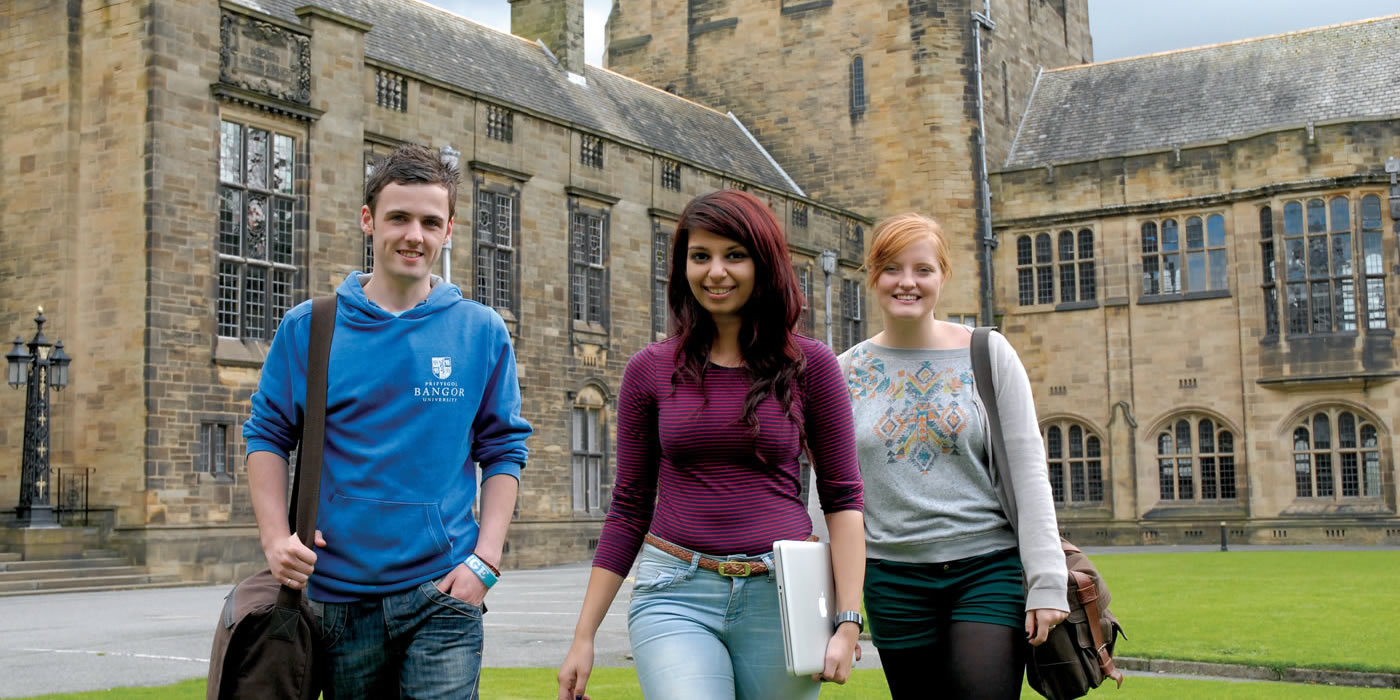Re-thinking people and nature interactions in urban nature-based solutions
Allbwn ymchwil: Cyfraniad at gyfnodolyn › Erthygl › adolygiad gan gymheiriaid
Fersiynau electronig
Dogfennau
- JonesLaurence_etalSustainabilityAcceptedVersion
Llawysgrif awdur wedi’i dderbyn, 687 KB, dogfen-PDF
Trwydded: CC BY Dangos trwydded
- sustainability-17-03043 (1)
Fersiwn derfynol wedi’i chyhoeddi, 1.91 MB, dogfen-PDF
Trwydded: CC BY Dangos trwydded
Dangosydd eitem ddigidol (DOI)
People-environment interactions within nature-based solutions (NBS) are not always understood. This has implications for communicating the benefits of NBS and for how we plan cities. We present a framework that highlights a duality in NBS. The NBS as an asset includes both natural capital and human-centred capital, including organisational structures. NBS also exist as a system within which people are able to interact. Temporal and spatial scales moderate the benefits that NBS provide, which in turn are dependent on the scale at which social processes operate. Co-production and equity are central to the interactions among people and institutions in the design, use and management of NBS, and this requires clear communication. Drawing on ideas from culture-based development (CBD), we suggest an approach to communicate the benefits of NBS in a neutral but effective way. We propose guidelines for planning NBS that allow the optimisation of NBS locations and designs for particular outcomes.
Allweddeiriau
| Iaith wreiddiol | Saesneg |
|---|---|
| Rhif yr erthygl | 3043 |
| Cyfnodolyn | Sustainability |
| Cyfrol | 17 |
| Rhif y cyfnodolyn | 7 |
| Dyddiad ar-lein cynnar | 29 Maw 2025 |
| Dynodwyr Gwrthrych Digidol (DOIs) | |
| Statws | Cyhoeddwyd - Ebr 2025 |
Cyfanswm lawlrlwytho
Nid oes data ar gael

